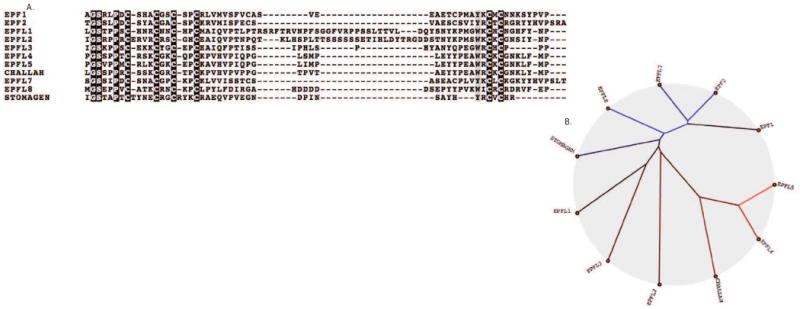Figure 2. Structural conservation and phylogenetic relationships within the eleven-member EPF gene family.

A. Protein sequence alignment of conserved C-termini generated using ClustalW2. The STOMAGEN propeptide is processed in vivo to yield the bioactive 45-amino-acid C-terminal fragment depicted above [18,19]. Among all EPFs, cysteine residues are strictly conserved at six positions. It was demonstrated with STOMAGEN that these residues form disulfide bridges and are essential for function [19]. B. A Neighbor-Joining phylogeny [36] of EPF family members generated using Kalignvu [37]. In contrast to CHALLAH and EPF1/2, which belong to distinct clades, STOMAGEN fails to cluster with any other EPF genes.
